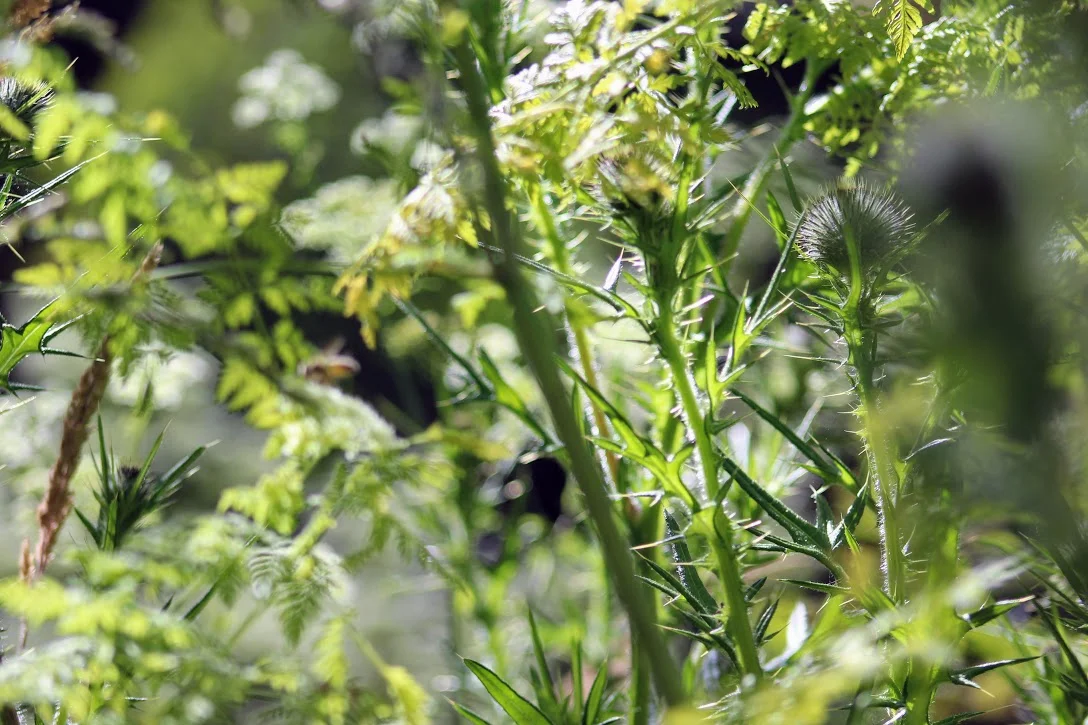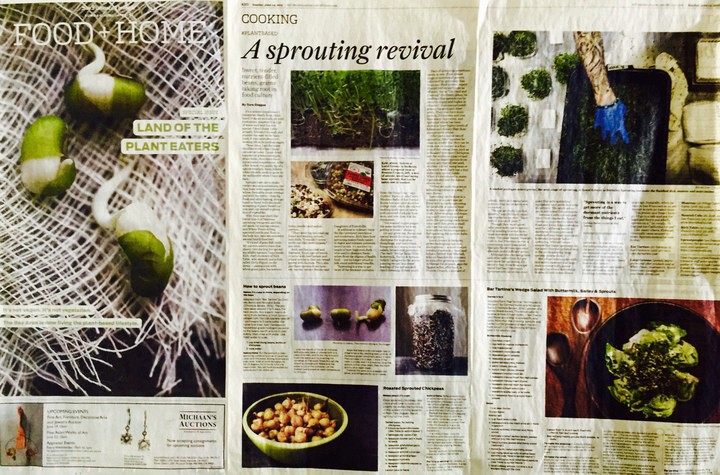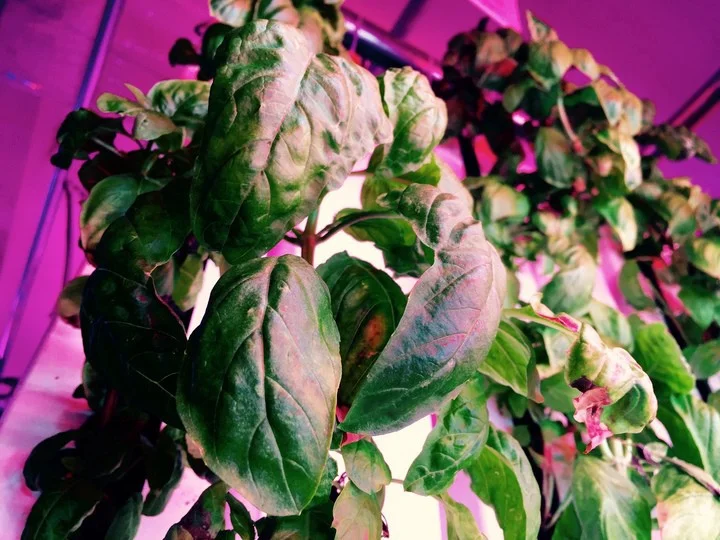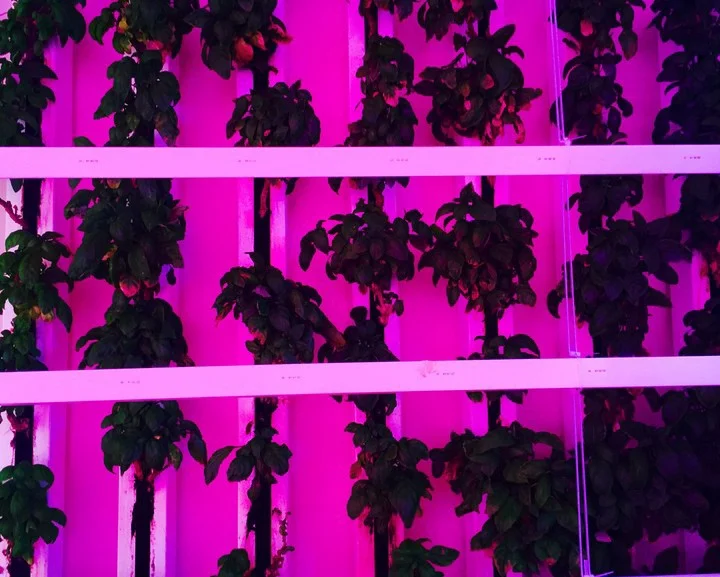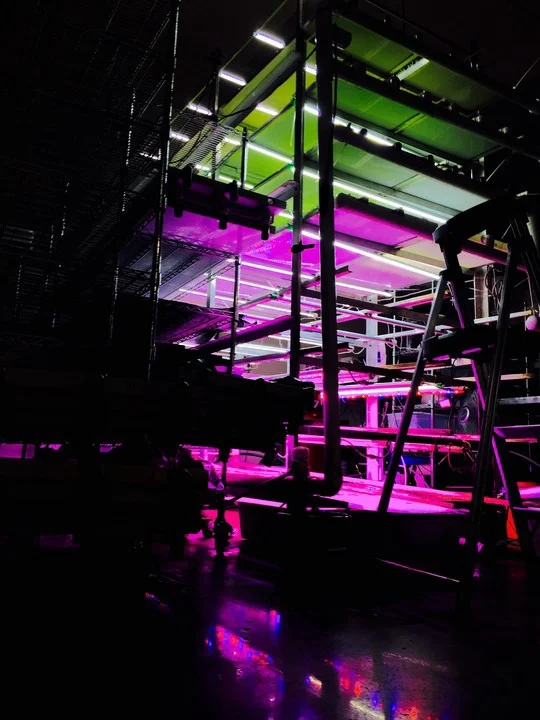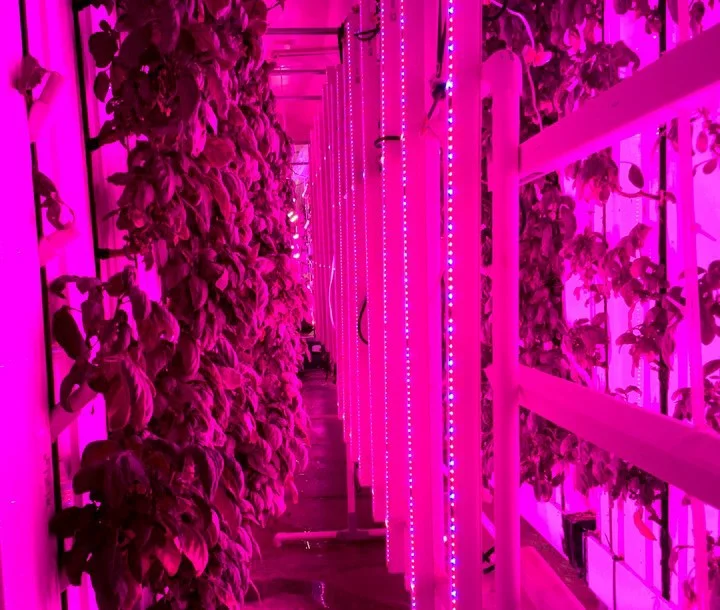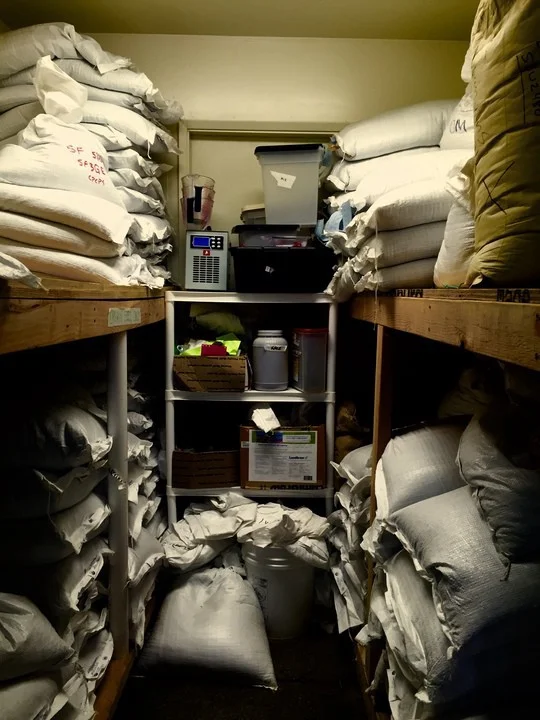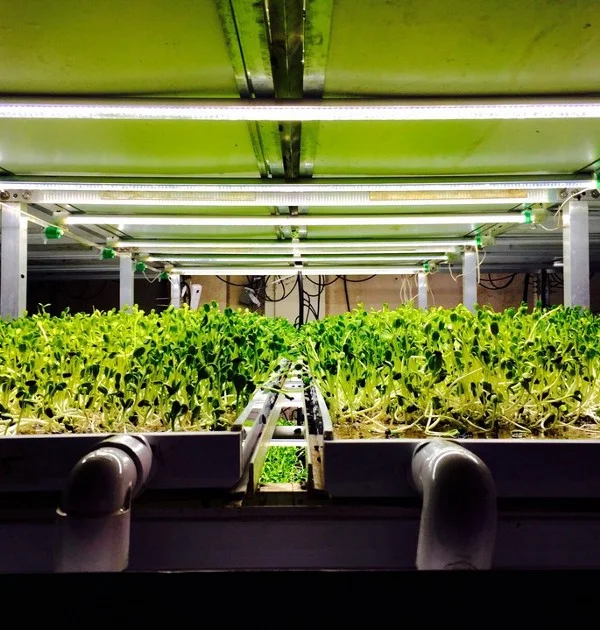Local Greens: a budding family business in the heart of Berkeley where sustainable growing practices and community health come together in a true urban farm with the vision to feed people better.
In the heart of the industrialised San Francisco Bay, one family business is changing how we eat and our expectations of "local" food by growing a diverse assortment of micro greens just one block from where they are sold.
The entrance to Local Greens Farm is modest — only one white door with a small rectangular sign that has the Local Greens logo posted onto the front. Located less than a hundred feet from the nearest Whole Foods, the facility can be easily unnoticed until the smell of fresh sprouts subtlety wafts by your nose.
Local Greens, located in Berkeley, CA, is an urban, local farm that grows produce using farming techniques based on controlled environment agriculture (CEA), according to its website. CEA goes beyond conventional farming and uses techniques such as hydroponics — no soil, minimal water and low energy use — to grow everything from basil to pea shoots. The farm serves local markets and commercial customers such as Whole Foods and Safeway that are located within 50 miles of the farm.
The nearly three-year-old company has become a highly controlled structure that uses indoor facilities and LED lighting to grow fresh food. The new food-growing style was designed by co-founder and general manager Ron Mitchell, who used his 20 years of experience growing micro-greens in Hawaii to explore indoor production at Berkeley.
“I did a similar indoor farm over 35 years ago and I did it for 20 years,” Mitchell said, as he looked at the portrait of his family hanging on the wall in his facility. “Then I sold the business…and went into designing lights for greenhouses and did that for 15 years.”
Photo by Sujin Shin: Basil Growing under Lights
When Mitchell decided he wanted to use his expertise on indoor production and greenhouse lighting to grow food at Berkeley, it was his daughter — Faye Mitchell — who handled the business aspect of the company. Once the duo got Whole Foods on board with their idea of locally grown micro-greens in an indoor farm, the father-daughter team became co-founders of Local Greens.
One of the biggest differences between Local Greens and conventional farms is that typical outdoor farms can only sell 50 to 60 percent of their crops due to imperfections and insect damage, whereas Local Greens has near perfect production numbers.
The techniques used at Local Greens to grow the food are the biggest reasons for that difference, according to Faye. They maintain 100 percent control of the humidity, temperature and lighting within the facility, and its entire water use can be compared to the average use of a typical California household. It’s also about one percent of water used in an average produce farm.
“We’ve chosen all the perfect environments and the nutrients to what the plants actually need. We mimic all of nature.” —Ron Mitchell, owner.
“We see a future where Local Greens facilities will be located in urban centers, close to our stores and dining tables worldwide.” — Ron Mitchell
This project is the result of a collaboration between Local Greens and students at the University of California, Berkeley Graduate School for Journalism. Contributors: Isabel Soloaga (long-term research, conception, and writing), Sujin Shin (photos and writing), and Elena Saavedra (media).
